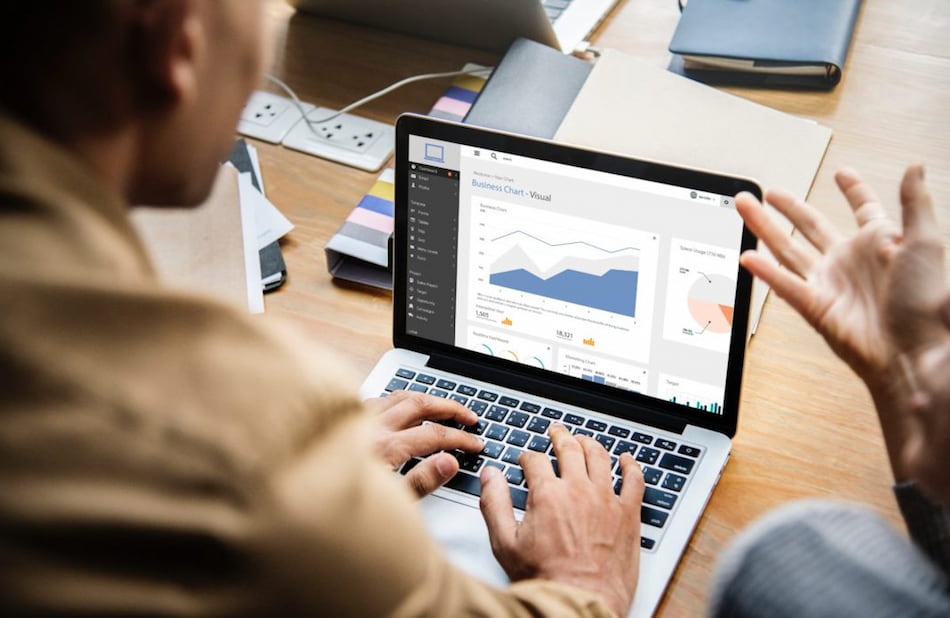Data analytics jobs can be found in a variety of industries, and there is more than one way to get your first job in this in-demand field. Here are some steps to becoming a data analyst, whether you're just starting out in the professional world or changing careers.
Data analysts gather, clean, and study data to help guide business decisions. If you’re considering a career in this in-demand field, here's one path to getting started:
Get a foundational education.
If you're new to the world of data analysis, you should begin by learning the fundamentals of the subject. Getting a broad overview of
data analytics can help you decide if this is the right career for you while also providing you with job-ready skills.
Most entry-level data analyst positions used to require a bachelor's degree. While many positions still require a degree, this is changing. While a degree in math, computer science, or another related field can help you develop foundational knowledge and boost your resume, you can also learn what you need through alternative programs such as professional certificate programs, boot camps, or self-study courses.
Build your technical skills.
Getting a job in data analysis typically requires having a set of specific technical skills. Whether you’re learning through a degree program, professional certificate, or on your own, these are some essential skills you’ll likely need to get hired.
Take a look at some job listings for roles you’d like to apply for, and focus your learning on the specific programming languages or visualization tools listed as requirements.
In addition to these hard skills, hiring managers also look for workplace skills, like solid communication skills—you may be asked to present your findings to those without as much technical knowledge—problem-solving ability, and domain knowledge in the industry you’d like to work.
Work on projects with real data.
Working with data in real-world settings is the best way to learn how to find value in it. Seek out degree programs or courses that include hands-on projects with real-world data sets. There are also a number of free public data sets available that you can use to create your own projects.
Investigate climate data from the National Centers for Environmental Information, delve deeper into the news with data from BuzzFeed, or use NASA open data to devise solutions to looming challenges on Earth and beyond. These are just a few examples of data available. Choose a topic that interests you and look for data to practice with.
Get an entry-level data analyst job
After gaining some experience working with data and presenting your findings, it’s time to polish your resume and begin applying for entry-level data analyst jobs. Don’t be afraid to apply for positions you don’t feel 100-percent qualified for. Your skills, portfolio, and enthusiasm for a role can often matter more than if you check every bullet item in the qualifications list.
If you’re still in school, ask your university’s career services office about any internship opportunities. With an internship, you can start gaining real-world experience for your resume and apply what you’re learning on the job.
Consider certification or an advanced degree.
As you move through your career as a data analyst, consider how you’d like to advance and what other qualifications can help you get there.
If you’re considering advancing into a role as a data scientist, you may need to earn a master’s degree in data science or a related field. Advanced degrees are not always required, but having one can open up more opportunities.
If you are someone who is looking for a headstart in a career in Data Analytics or Business Intelligence; some relevant statistics might prove to be really encouraging.
1. It is estimated that by 2023, over 33% of Business Enterprises will resort to Decision Intelligence.
2. Data Analytics streamlines and expedites the process of decision-making, making it 5x faster.
3. The Business Intelligence market on a global scale is expected to grow to $33.3 billion by 2025.
4. 7 out of 10 Business Enterprises rate the discovery of data as extremely important.
5. The Covid-19 pandemic propelled the adoption rate of Business Intelligence.
Data Analytics and Business Intelligence Course at Syntax Technologies
Syntax Technologies'
Data Analytics and Business Intelligence course (DA/BI) is one of the best training programs on the market. The program is designed to train people with little to no programming experience to become data professionals who combine analytical and programming skills - using data manipulation, data visualization, data cleansing, and other techniques to make sense of real-world data sets and create data dashboards/visualizations to share your findings.











.png)

.png)

.png)
